There was a heated conversation as to what is the most popular beverage today. Party from the left, belonging to the younger generation, said it was the softdrink. Party on the right, the older of the two, said it was coffee. The debate clearly shows how famous these two beverages are, especially coffee.
The coffee industry is an industry whose worth is so enormous, like several lifetimes over. With millions upon millions enjoying it every year, there is simply no end in sight on their fame and popularity. Many people are brewing their coffee at home and others are using a takeaway, and/or drink their coffee at work.
The Drinking Habit That is Coffee
A lot of people use coffee as their wake-up call, like a morning exercise to jerk up the bones and muscles into action. Many treat coffee as their breakfast; no need for anything solid so long as he had a cup of coffee before the day starts. Coffee can help overcome drowsiness in the afternoon and in the evening. Finally, coffee is also a pleasant drink, meant to spark up meaningful and healthy conversations.
While it may be that majority of the coffee-drinking population are contented enough with coffee’s “burst of vigor”, a certain percentage is more choosy and critical when it comes to drinking it. Just as there are food and wine critics, there are also coffee critics. This is but a natural offshoot of our desire to have the best experience possible. In this case, coffee drinking is what is being judged. In the pursuit to have it in its best form, it starts with the coffee beans.
It All Start with the Beans
 For the benefit of those who are uninformed, coffee comes from beans which are classified as a fruit. The coffee plant is closely related to the cherry tree, and certain varieties bear fruits which very much resemble cherries just like those found on the top of cakes and ice cream sundaes.
For the benefit of those who are uninformed, coffee comes from beans which are classified as a fruit. The coffee plant is closely related to the cherry tree, and certain varieties bear fruits which very much resemble cherries just like those found on the top of cakes and ice cream sundaes.
Coffee beans are grown in many parts of the world, but the top exporters are the Latin American countries. Another region, much involved in the coffee bean industry, is Africa. Coffee beans are also grown in a lot of countries in Asia.
 Coffee beans have lots of flavors which has led to a variety of ways by which coffee is prepared and produced. It might be that no flavor can be considered as the best among the rest. However, for those who are really passionate about their coffee-drinking, those planning to put up a coffee shop or perhaps grow coffee, understand that coffee beans are the key and in knowing how to pick them. Read our separate article ‘from coffee plant to a cup of coffee’ here.
Coffee beans have lots of flavors which has led to a variety of ways by which coffee is prepared and produced. It might be that no flavor can be considered as the best among the rest. However, for those who are really passionate about their coffee-drinking, those planning to put up a coffee shop or perhaps grow coffee, understand that coffee beans are the key and in knowing how to pick them. Read our separate article ‘from coffee plant to a cup of coffee’ here.
With this, you can be assured that every cup drank is as refreshing and enjoyable as possible.
Trust and Believe in Your Own Personal Taste
It might be that you learned to drink coffee from seeing your parents at home. Or it was at school during an overtime project that you were introduced to it. Still, it must have been at the office where everyone had a cup of coffee while working. Even if it wasn’t by your own decision at the start, if you really want to experience coffee at its best, start by being true to what you want.
Before you get into picking the best coffee beans, you need to ask yourself what coffee flavor/s you prefer. Do not simply go for a certain taste because somebody told you to. Real coffee critics state that drinking coffee is a deep, personal experience partly because this drink actually influences your mind, your mood, and can trigger insights at times.
Do you like coffee that is bitter, sweet, heavy or warming? Be honest and stay true to your taste. The flavor that you prefer will be your guide to choosing the coffee beans that will suit your taste.
Now that you know what coffee flavor you prefer, it is now time to pick coffee beans. From digging down deep in yourself, we now go into tracing the source of coffee beans.
Bean Origin – Where Does Your Coffee Come From?
 As we mentioned earlier, coffee is produced by a lot of countries around the world. Where the coffee comes from will determine the characteristics of its beans from the color, texture, smell and of course the taste. Since you have already picked a flavor, it is now time to pick a coffee beans source.
As we mentioned earlier, coffee is produced by a lot of countries around the world. Where the coffee comes from will determine the characteristics of its beans from the color, texture, smell and of course the taste. Since you have already picked a flavor, it is now time to pick a coffee beans source.
Coffee bean flavor is influenced by the conditions where the coffee plant grew, from the temperature, altitude, and the climate. Coffee beans produced in Latin America exhibit uniform and delicate sweetness, almost similar to chocolate. For instance, Brazil coffee beans have a peanut flavor while Colombian beans give you a touch of caramel.
Those who like their coffee with a fruity sweet and a touch of acidity can go for coffee beans coming from Africa. One particular source that you should consider is coffee beans that come from Kenya and Ethiopia, partly because of the high altitude where the coffee plants grew.
For those who like coffees that have exotic and unique flavors, the source of coffee beans are those coming from Asia and also India. Coffee beans coming from these parts of the world also have a touch of herbs in them which is why some of the medicinal coffee drink is made here.
Freshness and Proper Roasting Equals the Best Coffee Ever!
 As you well know, fruits are at their best when freshly picked, sliced and served. In the case of coffee beans, they are at their best when freshly picked and roasted.
As you well know, fruits are at their best when freshly picked, sliced and served. In the case of coffee beans, they are at their best when freshly picked and roasted.
Unless you live near the countries that grow coffee, your coffee beans are definitely fresh. However, it does pay to look at the label when the coffee beans were roasted. Coffee beans that were roasted a couple of weeks before retaining much of their original qualities and are highly recommended. Coffee beans roasted a month ago or beyond are usually dry and no longer have that “burst effect” that most coffee drinkers seek.
And of course, who says you can’t roast your own coffee beans? After all, being a coffee aficionado, this skill should come with the territory. So if you’re keen to learn, then master the art and science of roasting coffee beans.
The best cup of coffee comes from fresh beans and proper roasting techniques finished with a sprinkle of love and passion for anything caffeine.
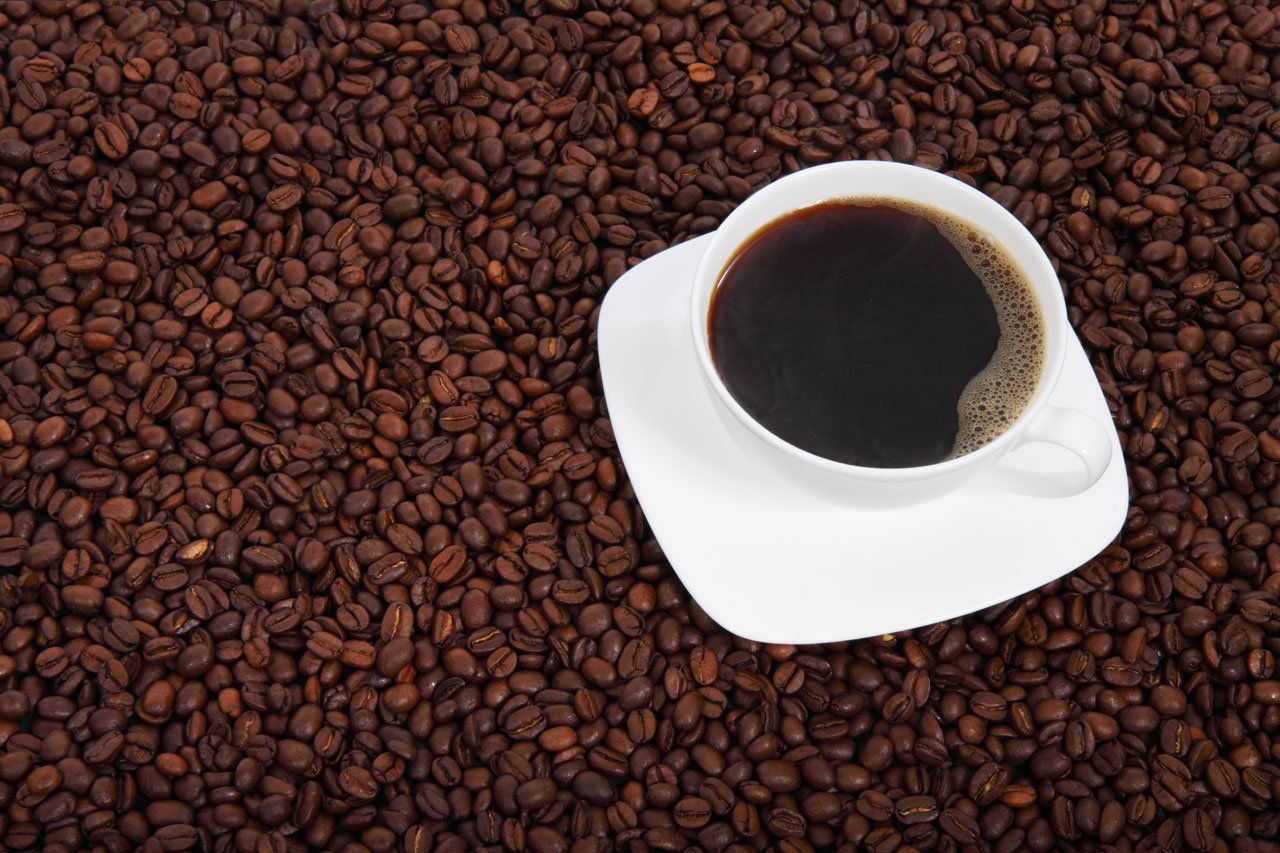


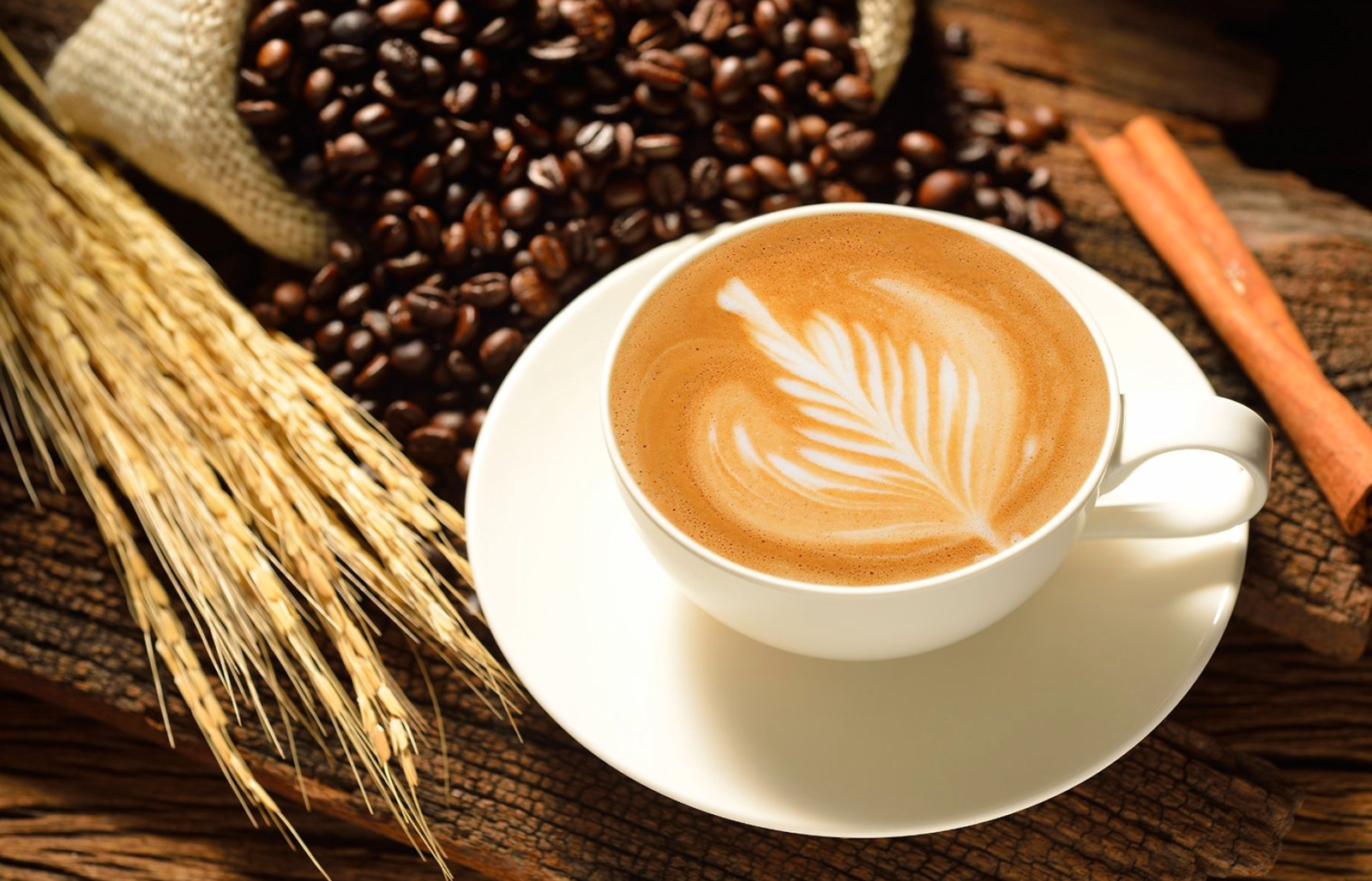
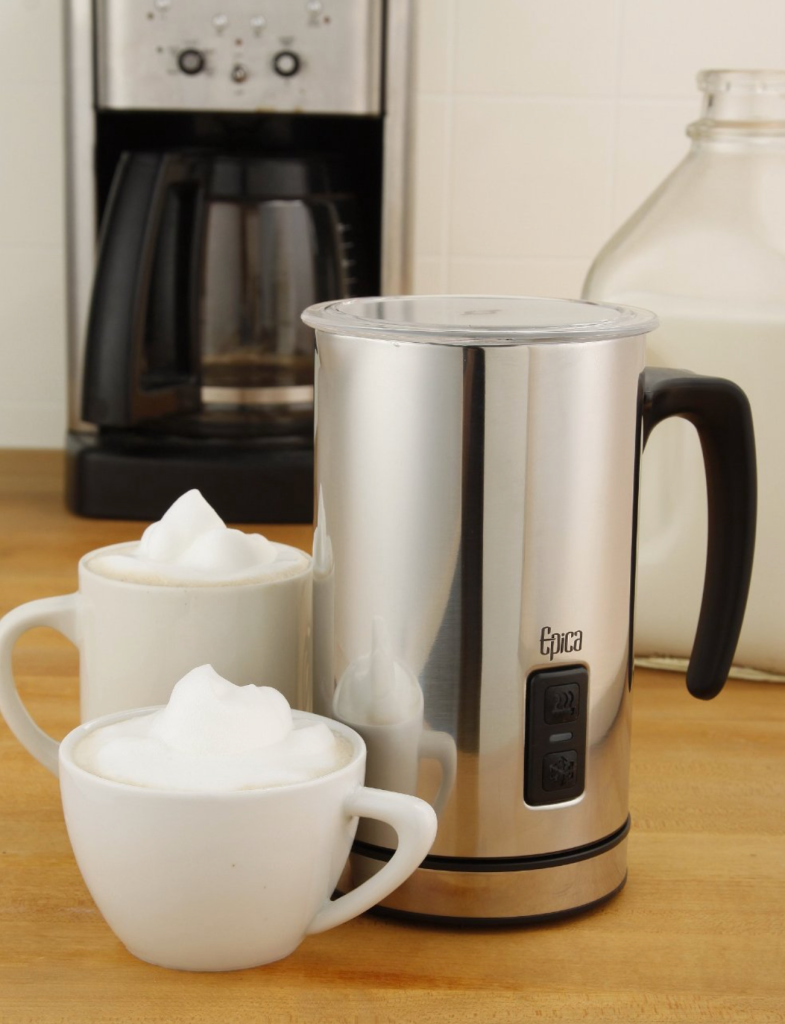
 This is an
This is an  The
The 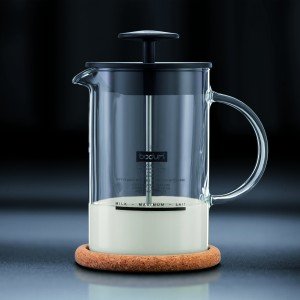 This device features a plunger that is attached to a mesh screen which is located inside a cup that’s made from stainless steel.
This device features a plunger that is attached to a mesh screen which is located inside a cup that’s made from stainless steel. 
 There are a lot of people who think making
There are a lot of people who think making 
 Any form of art has its medium or building block. In the case of Latte Art, the primary medium is microfoam milk. Creating microfoam milk is the key to creating Latte art shapes for without this, you will most likely not be able to form any shape at all, not even a simple ellipse! Learning how to make microfoam milk is the first step towards creating homemade Latte Art.
Any form of art has its medium or building block. In the case of Latte Art, the primary medium is microfoam milk. Creating microfoam milk is the key to creating Latte art shapes for without this, you will most likely not be able to form any shape at all, not even a simple ellipse! Learning how to make microfoam milk is the first step towards creating homemade Latte Art. Putting Froth into Microfoam
Putting Froth into Microfoam One of the simplest to make yet also never fails to tickle anyone in the coffee shop, the Heart is a nice starting point for your first
One of the simplest to make yet also never fails to tickle anyone in the coffee shop, the Heart is a nice starting point for your first 
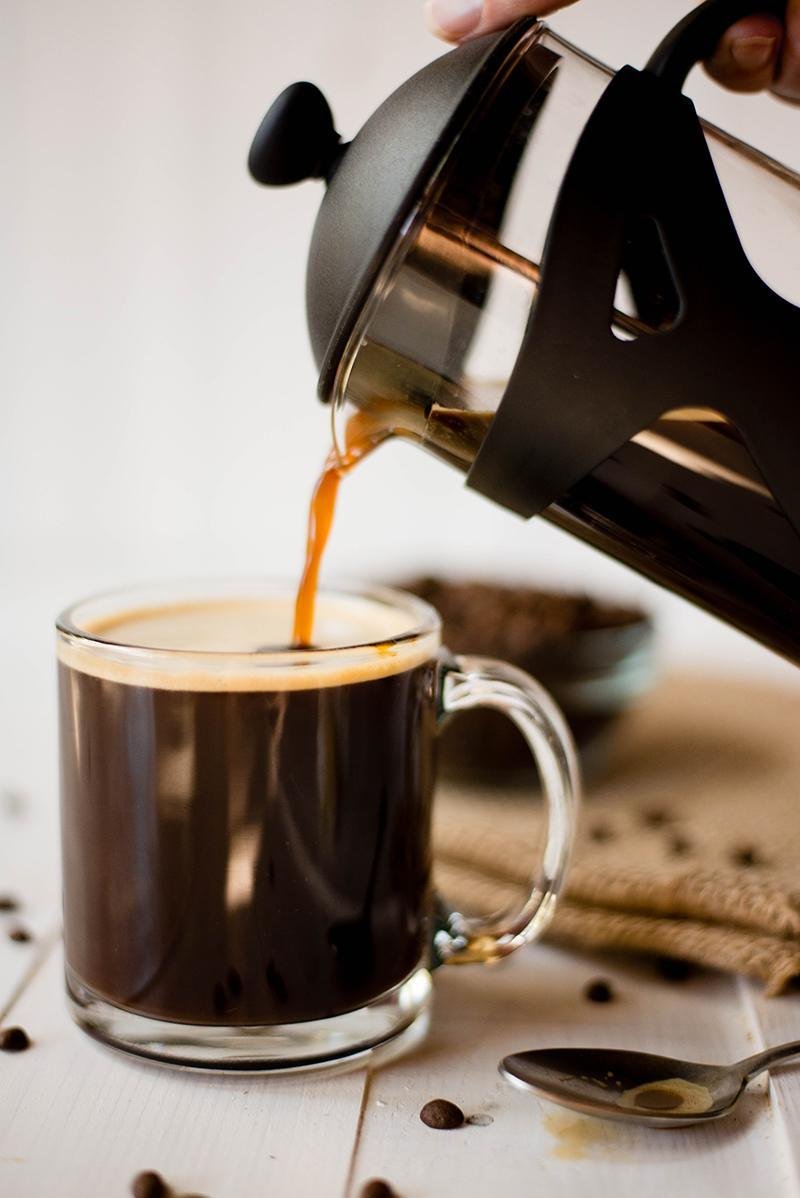
 What is a French press?
What is a French press? Coffee Beans
Coffee Beans French Press
French Press Coffee Bean Grinder
Coffee Bean Grinder





 Percolator
Percolator Recyclable Filters
Recyclable Filters This utilitarian approach to
This utilitarian approach to  Drip Coffee Maker
Drip Coffee Maker Espresso Machine
Espresso Machine Moka Pot
Moka Pot Single Serve
Single Serve Chemex
Chemex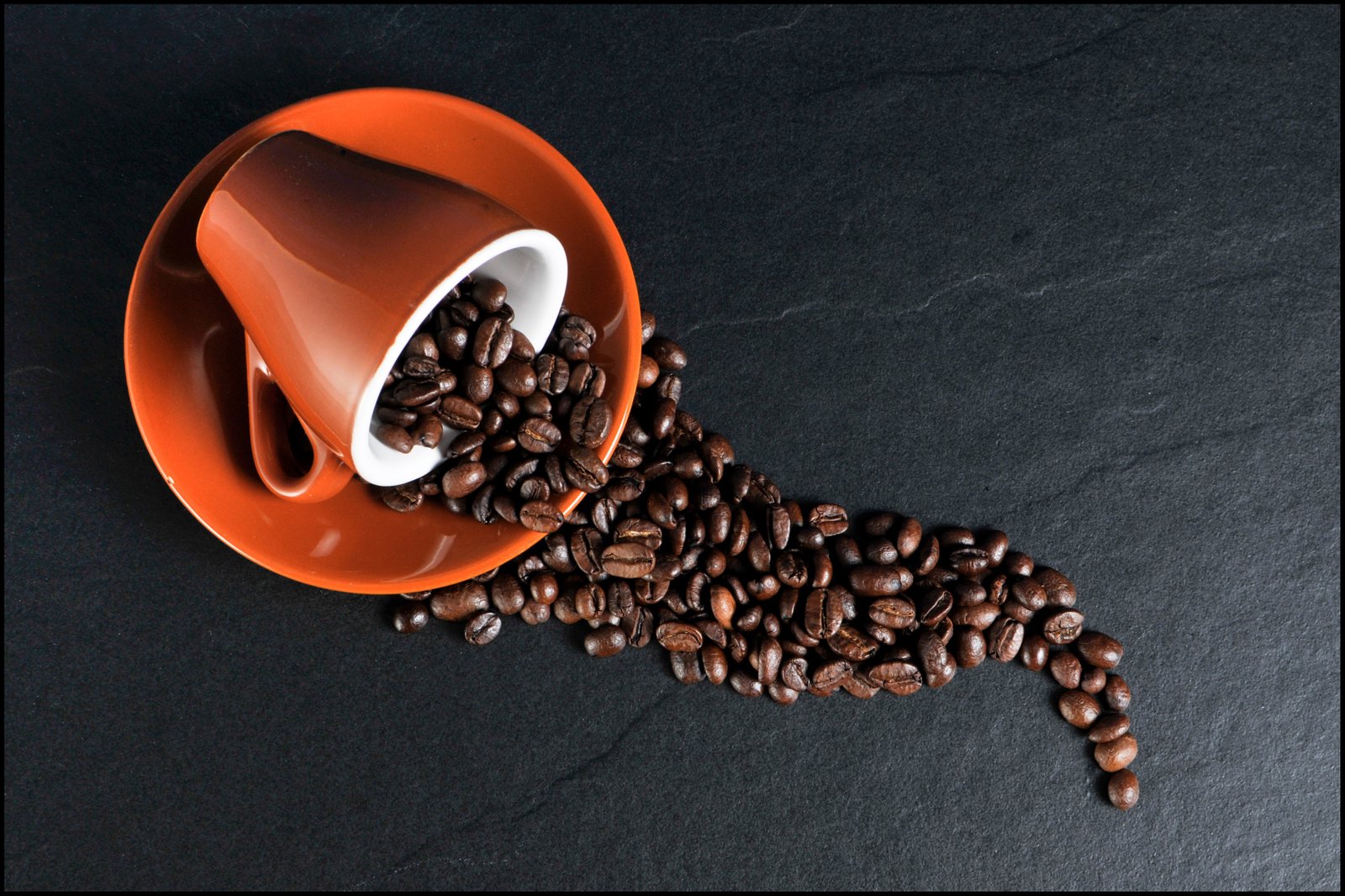
 The
The  Once the coffee cherries are harvested, the beans should be separated from its outer layer of flesh within 24 hours. This process is called pulping and is done so as not to spoil the natural rich flavor of the coffee beans. It also prevents the quick spoilage of the coffee beans.
Once the coffee cherries are harvested, the beans should be separated from its outer layer of flesh within 24 hours. This process is called pulping and is done so as not to spoil the natural rich flavor of the coffee beans. It also prevents the quick spoilage of the coffee beans. Next in the process is roasting the coffee beans which borders between being a science and an art. This is because
Next in the process is roasting the coffee beans which borders between being a science and an art. This is because  Last but not the least is the grinding and brewing process. This is the time when you try to get the most flavor of coffee beans in a cup and enjoy it.
Last but not the least is the grinding and brewing process. This is the time when you try to get the most flavor of coffee beans in a cup and enjoy it.
 The Beans
The Beans The Cultivars
The Cultivars
 This type of coffee is said to be the foundation for the different varieties of special coffee drinks. Espresso is that strong black coffee that most people have been used to drinking for years now. It is done through forcing steam to the sweet-smelling coffee beans at high pressure.
This type of coffee is said to be the foundation for the different varieties of special coffee drinks. Espresso is that strong black coffee that most people have been used to drinking for years now. It is done through forcing steam to the sweet-smelling coffee beans at high pressure. Cappuccino’s been a popular drink these days that even the most common coffee shops offer it and even versions of it. To achieve that classic cappuccino, you oly have to combine equal parts of steamed milk, milk froth and of course, espresso. And if you’ve done it properly this drink can be both your dessert and your drink.
Cappuccino’s been a popular drink these days that even the most common coffee shops offer it and even versions of it. To achieve that classic cappuccino, you oly have to combine equal parts of steamed milk, milk froth and of course, espresso. And if you’ve done it properly this drink can be both your dessert and your drink. This type of coffee is done with three parts of steamed milk to one part of espresso and on top a layer of milk foam. To have it taste better, add some sugar to your latte.
This type of coffee is done with three parts of steamed milk to one part of espresso and on top a layer of milk foam. To have it taste better, add some sugar to your latte. Caf au Lait is the French version of the caffe latte. The only thing that differentiates it from Caffe Latte is that it instead of
Caf au Lait is the French version of the caffe latte. The only thing that differentiates it from Caffe Latte is that it instead of  The name was said to have originated based on how Americans would usually do with their espresso, which is to dilute it first. To prepare for it, you only have to have a single shot of
The name was said to have originated based on how Americans would usually do with their espresso, which is to dilute it first. To prepare for it, you only have to have a single shot of  Mochaccino is another version of your Cappuccino or Caffe Latte that has been added with a chocolate powder or syrup.
Mochaccino is another version of your Cappuccino or Caffe Latte that has been added with a chocolate powder or syrup. Also known as Cold Press, the Cold Brew type of coffee is done by precipitating coffee out of coffee grounds soaked in water at a cold or room temperature for at least 12 hours and even more. After the long hours of holding period, the grounds are then filtered out of the water through a paper coffee filter or any filtering system. This gives the coffee with a more concentrated result.
Also known as Cold Press, the Cold Brew type of coffee is done by precipitating coffee out of coffee grounds soaked in water at a cold or room temperature for at least 12 hours and even more. After the long hours of holding period, the grounds are then filtered out of the water through a paper coffee filter or any filtering system. This gives the coffee with a more concentrated result. If you want the goodness of a coffee without the caffeine then a Decaffeinated Coffee is the best choice.
If you want the goodness of a coffee without the caffeine then a Decaffeinated Coffee is the best choice. This type of coffee is the best choice if you want espresso served in cold. Frappe has been popular in Europe and Latin America especially during summer season.
This type of coffee is the best choice if you want espresso served in cold. Frappe has been popular in Europe and Latin America especially during summer season.